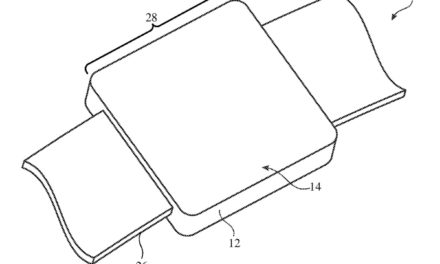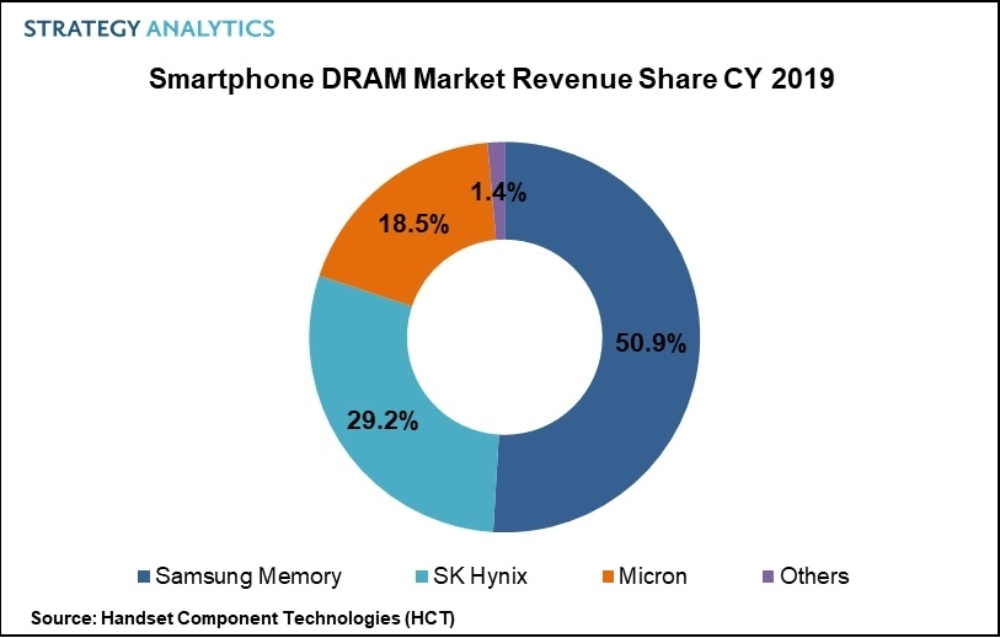Technology investments in the industrial and manufacturing sector are set to skyrocket, jumping from $59 billion in 2019 to $375 billion in 2030. Including hardware revenues, that figure climbs to over $1 trillion, according to ABI Research.
Manufacturing is in the midst of a major digital revolution and is investing in Industrial Internet of Things (IIoT) technologies like Artificial Intelligence (AI), Augmented Reality (AR), robotics (AGVS, AMRs) and cloud-based simulation and modeling, according to the research group.
“The transformative shift toward Industry 4.0 technologies and the broader field of software-defined manufacturing (SDM) presents a massive opportunity for a wide range of technology providers and implementers,” says Ryan Martin, principal analyst, Industrial & Manufacturing, at ABI Research.
Intelligently connected hardware represents the largest share of revenue, growing from $200 billion in 2019 to $800 billion in 2030, but will diminish in proportion as associated software and services take hold. After hardware, data and analytic services is the fastest growing segment in terms of revenue generation, reaching more than $185 billion in 2030, up from $11 billion in 2019.
“As the amount of custom code required to deploy new solutions on the factory floor drops, data and analytic service revenue growth in smart manufacturing will accelerate,” Martin explains.
Machine tools, asset tracking, and connected PLCs will experience the most growth in terms of connected service revenue over the next 10 years. By 2030, machine tools such as 3D printers, computer numerical control (CNC) machines, lathes, mills and industrial drills, will grow in revenues to $134 billion; asset tracking will reach $78 billion, and Connected Programmable Logic Controllers (PLCs) will hit $40 billion.
According to Martin, “Industry 4.0 is creating millions of new end points that need to be interconnected. However, the existing infrastructure can’t support it, which is creating an opportunity for connectivity experts and providers to step in.”
Currently, there are 260 million digital factory connections, with 230 million of those connections made via a fixed line. But, by 2023, a vast number of the 5.5 billion digital factory connections will be wireless.
“This is driven by the rise in newly connected endpoints, including sensors, mobile robots (AGVs, AMRs), advanced asset tracking (RTLS), condition-based monitoring, and predictive maintenance applications, etc.,” says Martin.
The leading industries driving these revenues overall include automotive, heavy machinery, food, beverage, tobacco products, and electronics. And, though Industry 4.0 is a global phenomenon, roughly half of the global revenue opportunities will be concentrated in China and the U.S., followed by Germany and Japan. Furthermore, the United States leads the way in most industries such as automotive, while China leads in machinery, nonmetallic mineral products, primary metals, and textiles.
“There is a long and compelling list of digital transformation technologies and pilot projects that are now graduating to the factory floor. The companies and production environments embracing these opportunities have quickly seen the benefits and want to scale, rather than risk falling behind,” concludes Martin.




